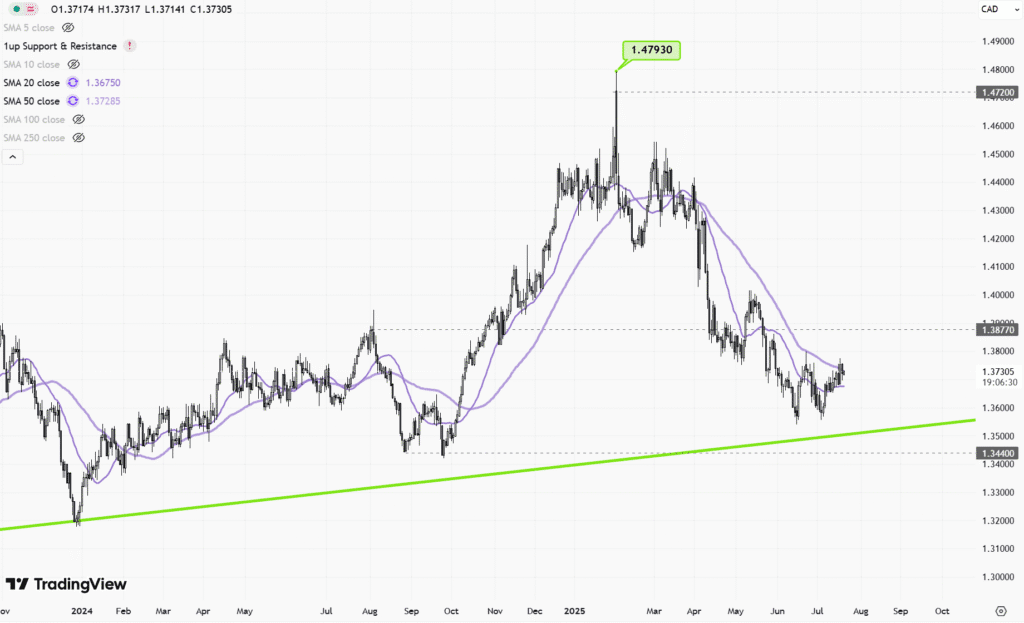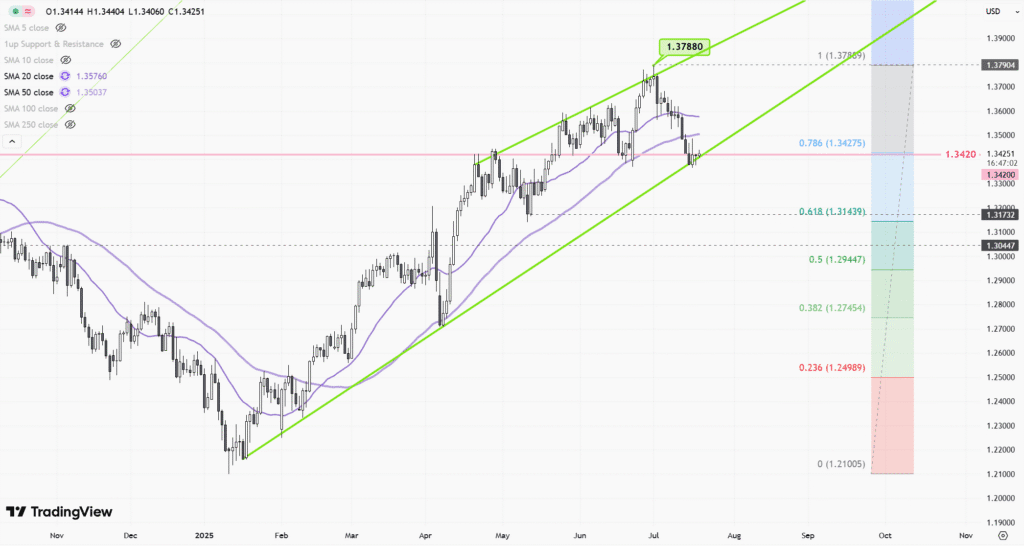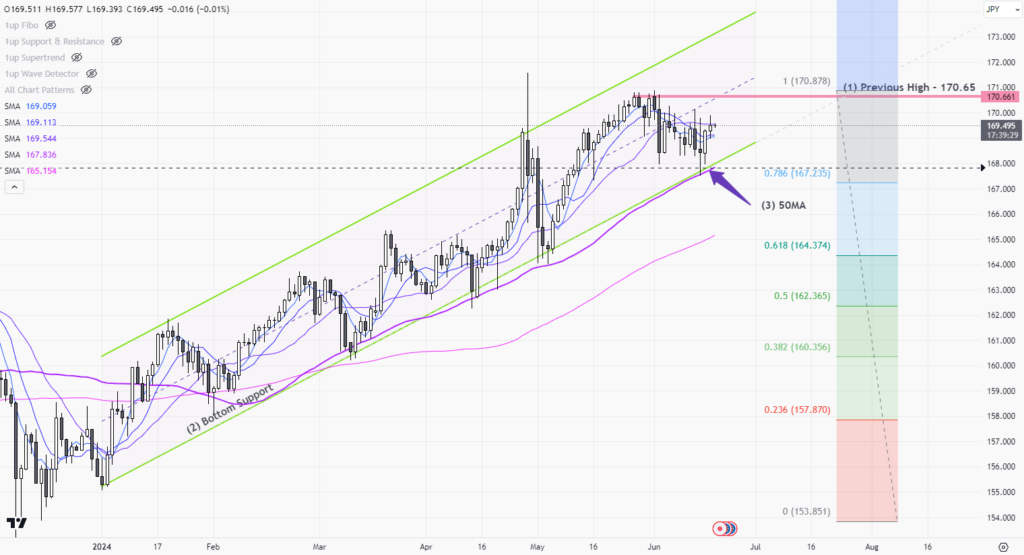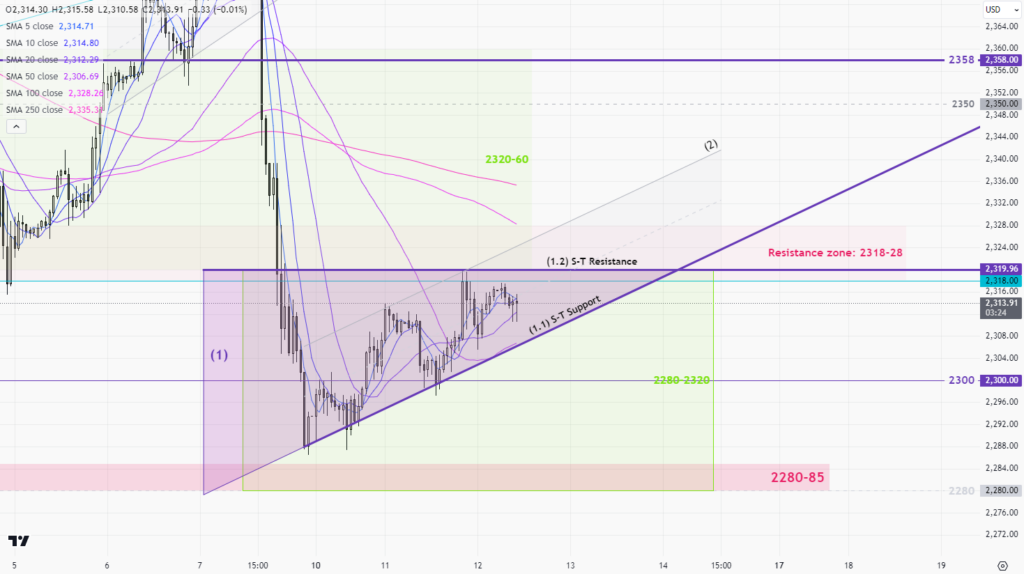 |
| Gold V.1.3.1 signal Telegram Channel (English) |

2025 Energy Market Outlook: Slowing Oil Demand, Rise of Renewables, and Key Risks for Investors
2025-04-19 @ 17:24
The latest Short-Term Energy Outlook from the U.S. Energy Information Administration offers an insightful snapshot of where global energy markets may be headed in 2025. According to the report, the world is approaching a pivotal phase of supply and demand realignment across oil, natural gas, and renewables. Shaped by the confluence of geopolitical tensions, economic policies, and evolving climate dynamics, energy markets are entering a period of divergence—with shifts in both production expectations and pricing trends.
In the global oil market, demand growth is expected to lose momentum. The EIA projects a modest increase of 900,000 barrels per day in 2025—a downward revision of 400,000 barrels from previous forecasts. By 2026, the growth is only expected to reach 1 million barrels per day. Sluggish global economic activity and new U.S. tariff measures that may dampen industrial and transportation-related fuel consumption are among the main factors weighing on demand.
On the pricing front, Brent crude is also facing downward revisions. Average prices are now expected to hover around $68 per barrel in 2025, a sharp drop from the $74 forecast issued in December. The outlook for 2026 is even weaker, with prices potentially falling further to $61 per barrel.
From a supply standpoint, OPEC+ is gradually phasing out previous production cuts, while non-OPEC producers are stepping up output. As a result, global crude inventories are set to accumulate starting mid-2025. The EIA anticipates a daily build of about 600,000 barrels in the second quarter, expanding to 700,000 barrels per day in the second half of the year. That said, any geopolitical flare-ups—particularly in the Middle East—or unexpected disruptions in supply could lend short-term support to oil prices. Still, overall momentum appears tilted to the downside.
The U.S. natural gas market presents a different story, showing relative strength. In 2025, demand growth will be largely export-driven, especially in the liquefied natural gas (LNG) segment. U.S. LNG exports are expected to rise by 18%, reflecting stronger dependence from overseas buyers, particularly in Asia and Europe.
Winter storms have also pushed up domestic gas demand. Residential and commercial consumption has climbed roughly 9% compared with the same period in 2024. As a result, natural gas price expectations are also ticking up. The EIA now forecasts the Henry Hub benchmark price to reach $4.30 per MMBtu in 2025 and $4.60 in 2026.
Despite starting the injection season with inventory levels above the five-year average, rising electricity demand during the summer could draw those reserves down. By the end of October, U.S. gas storage is projected to fall to around 3.66 trillion cubic feet—about 3% below the seasonal norm. Two key factors to watch: whether production continues to grow in major fields like the Appalachians and Haynesville, and whether extreme weather disrupts the delicate supply-demand balance.
The electricity market is undergoing a meaningful transformation as well. Solar energy installation and generation are expected to rise substantially—growing 35% in 2025, with another 18% projected for 2026. Meanwhile, hydropower is making a comeback in the Pacific Northwest, thanks to replenished reservoir levels. Output in the second quarter is expected to rise 18% year-over-year, supporting an annual gain of about 7%.
As natural gas prices climb, wholesale electricity rates are also under pressure. In 2025, the U.S. average wholesale price is expected to reach $45 per megawatt-hour—a 19% increase from 2024. That said, volatility will vary by region. Areas heavily reliant on gas-fired power, like New York and New England, may experience the steepest price swings. By contrast, the Northwest—with its abundant hydropower—should see more stable pricing.
Propane, on the other hand, is facing headwinds. With global economic activity slowing, international demand has stagnated. U.S. propane prices have been declining and are expected to average $0.76 per gallon in 2025, falling further to $0.52 by 2026. Domestic inventories continue to build, with stockpiles projected to reach 60 to 65 million barrels by late summer 2025—well above the 40 million-barrel average of the past three years. Refinery margins are feeling the pinch, potentially leaving it up to industrial and agricultural buyers to absorb the excess supply.
Overall, the world’s energy landscape is in the midst of a structural reset in the post-pandemic era. Oil markets are grappling with a delicate balance of oversupply and geopolitical risk, while natural gas and renewables are showing stronger growth trajectories. Still, uncertainty looms. OPEC+ decisions, extreme weather events, and rising power demand from AI data centers and electric vehicles could all redefine trends in the coming years.
As 2025 approaches, the energy market presents both challenges and opportunities. For investors and corporate decision-makers, staying close to key policy developments and market data—and responding nimbly—will be essential to navigating this dynamic energy transition.








